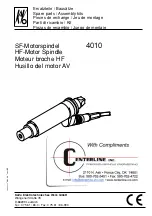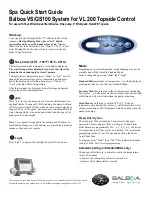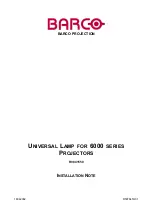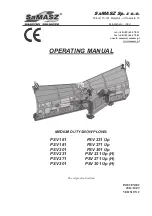
8
Preparation of Silicone Chambers
Before using the chambers, they should be sterilized then coated with a cell adhesion matrix. The
coating procedures below can be adapted for use with other matrices, such as elastin, pronectin,
and laminin.
Sterilize chambers in an autoclave for 20 minutes at 121°C.
The silicone chambers can withstand
temperatures up to 180°C. Use of an autoclave is preferable. However, if an autoclave is not
available, the chambers may be sterilized by submerging in 70% ethanol, rinsing with water, then
drying in a sterile environment.
Place the sterile silicone chambers in a Petri dish in preparation for coating.
Fibronectin Coating
Preparation of fibronectin solution:
1. Dilute human or bovine fibronectin to a final concentration of 50
to 100 ug/ml in Phosphate Buffered Saline (PBS)
Coating with fibronectin solution:
1. Pour 3 ml of the fibronectin solution into each strain chamber
2.
Incubate at 37
o
C for more than 30 minutes
3.
Aspirate the fibronectin solution. If coating is successful, water
will not be repelled after removing the
fibronectin solution.
4.
The liquid solution can be used to coat 3 or 4 chambers before discarding.




































